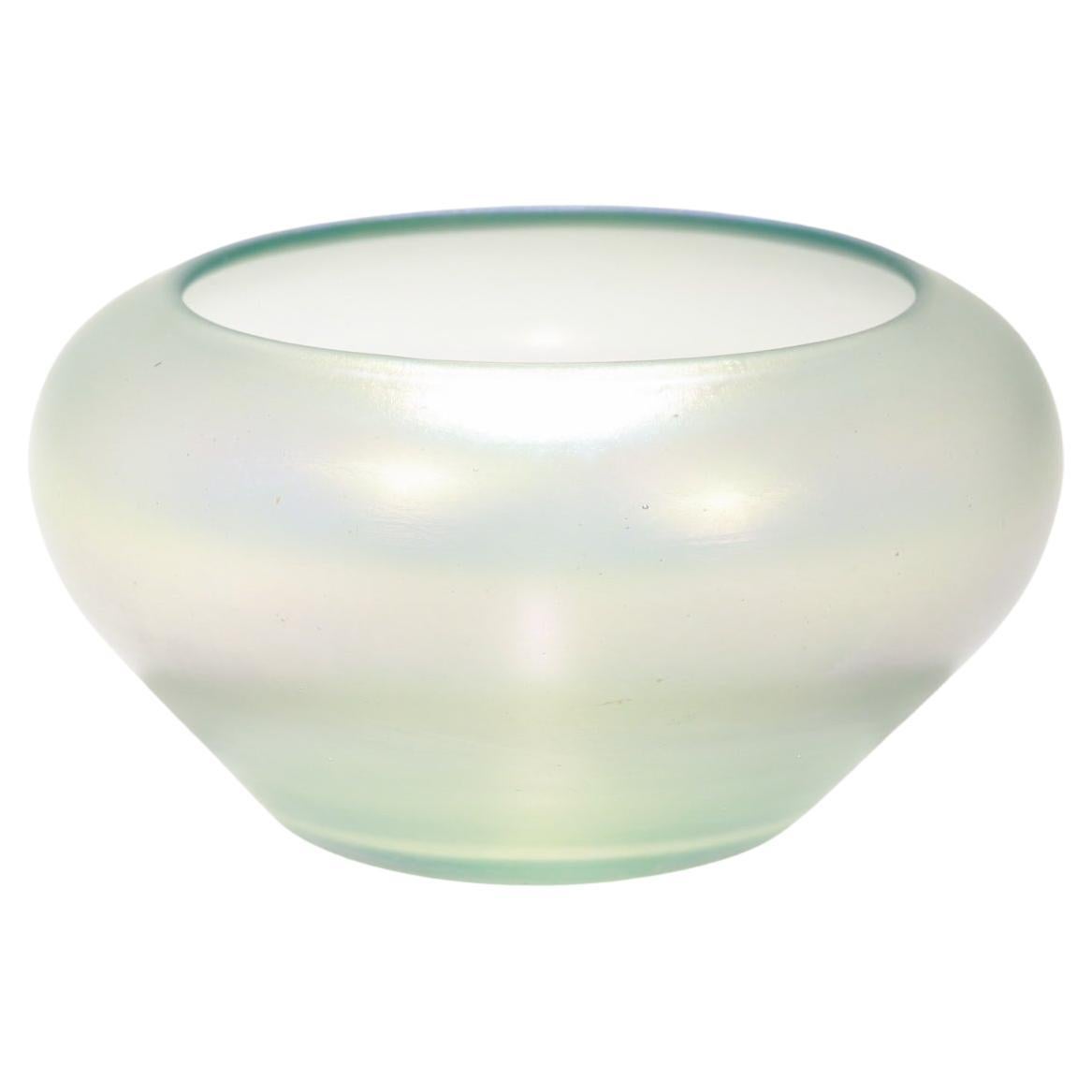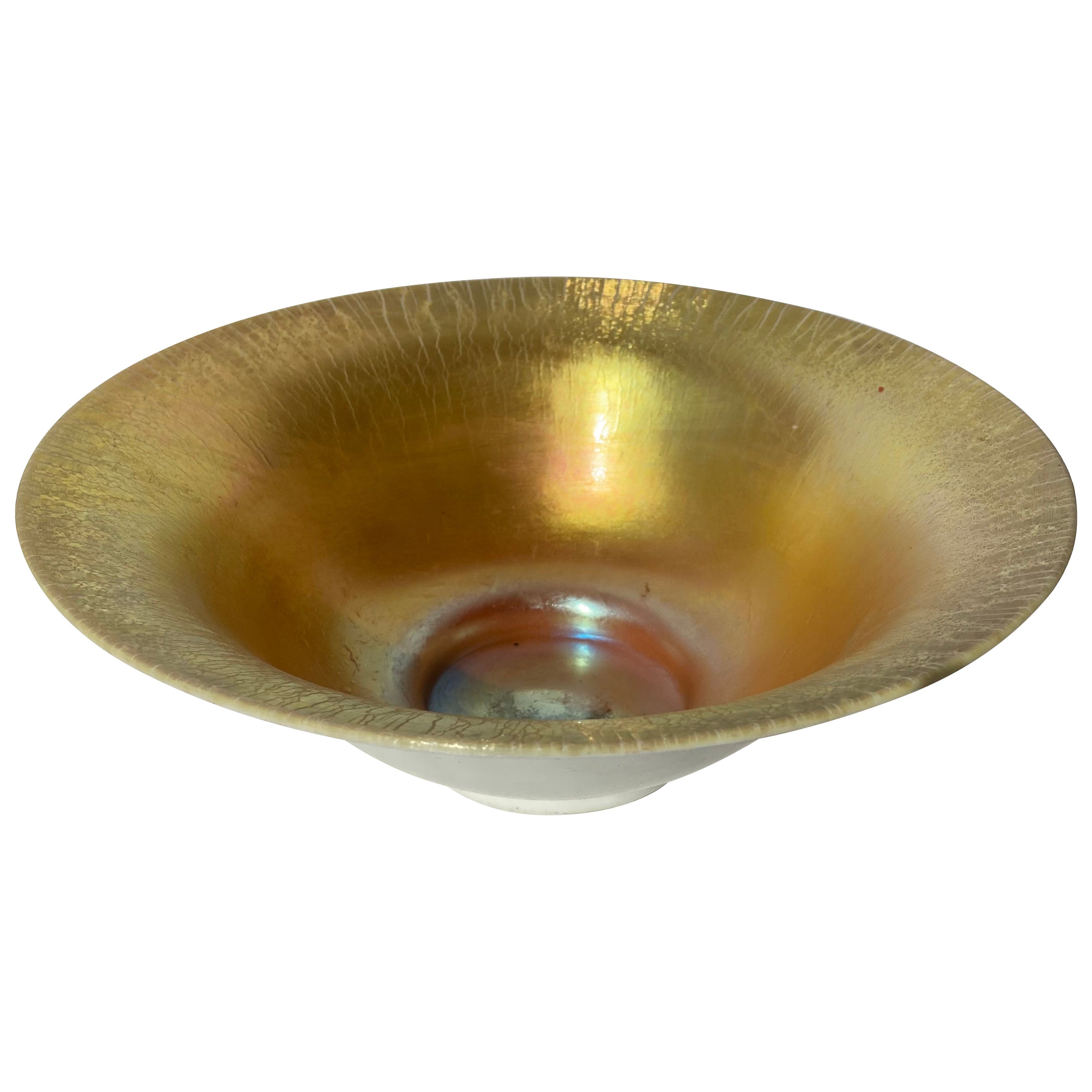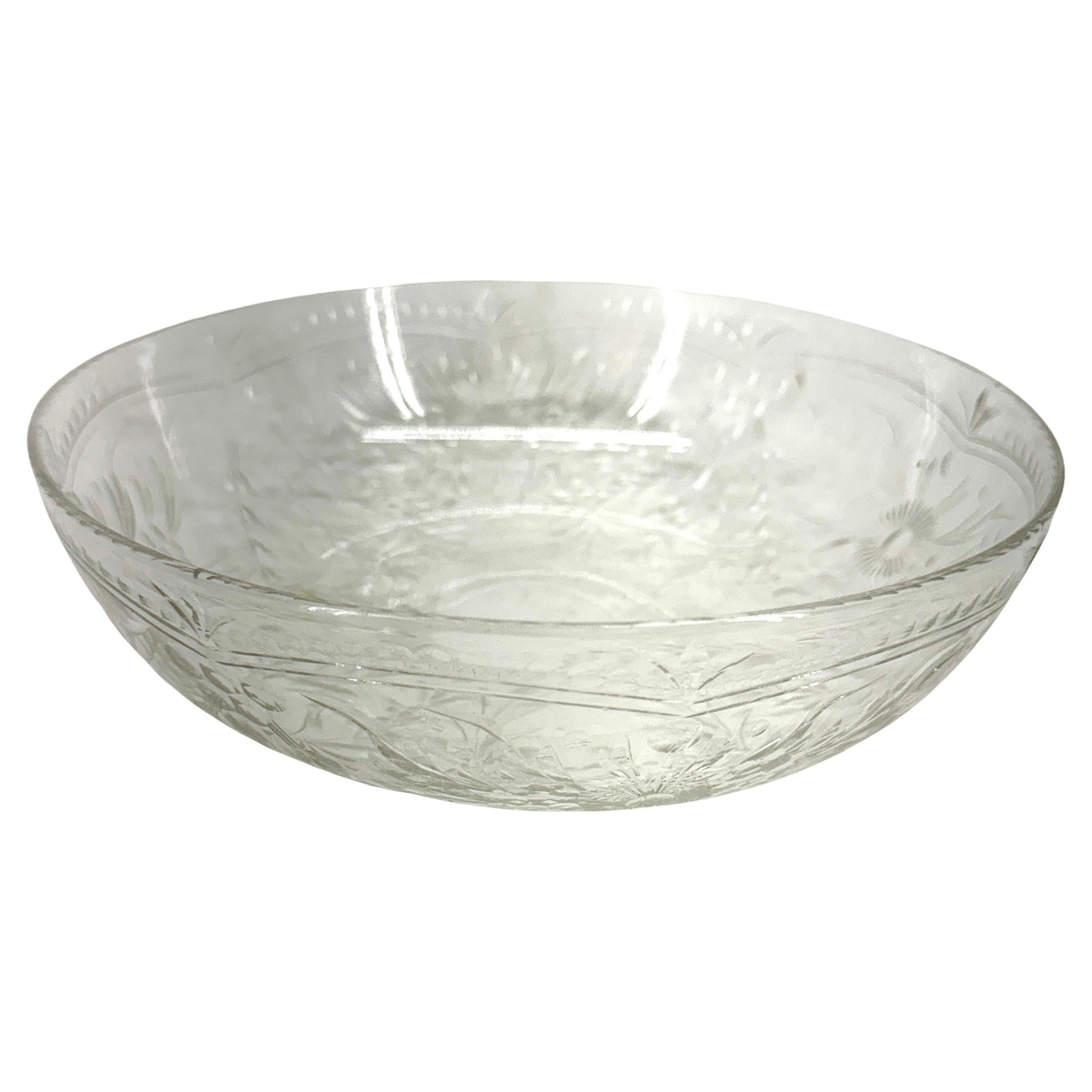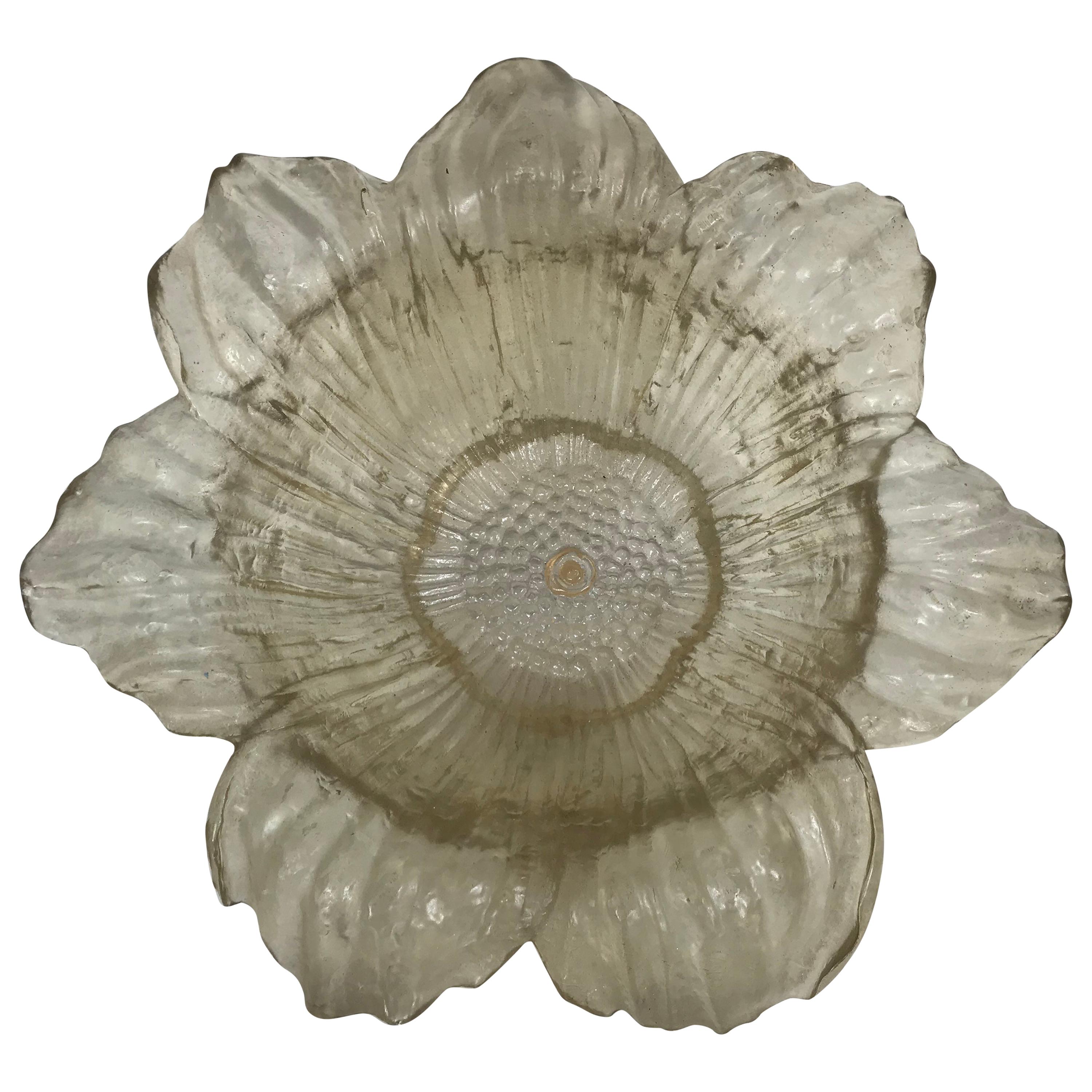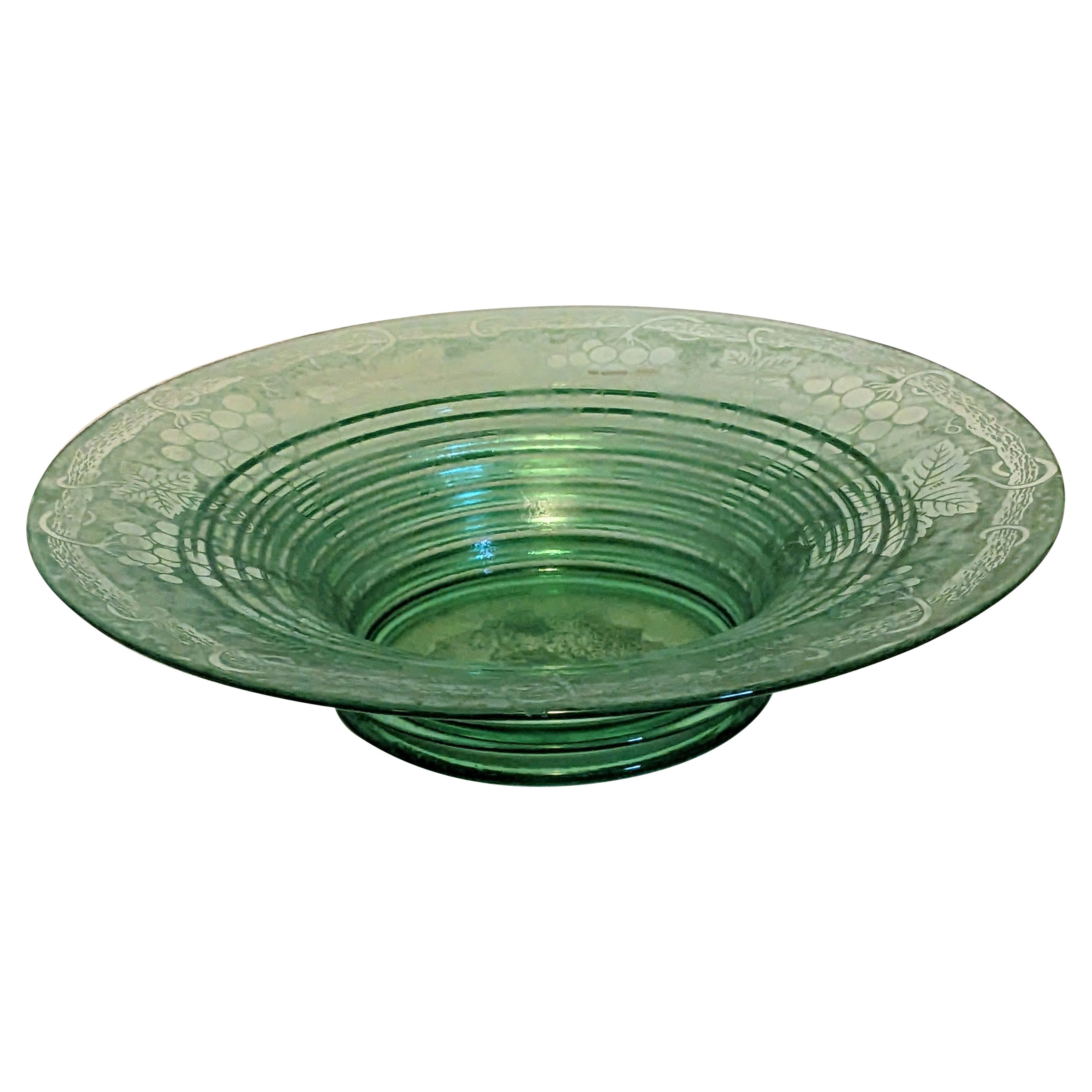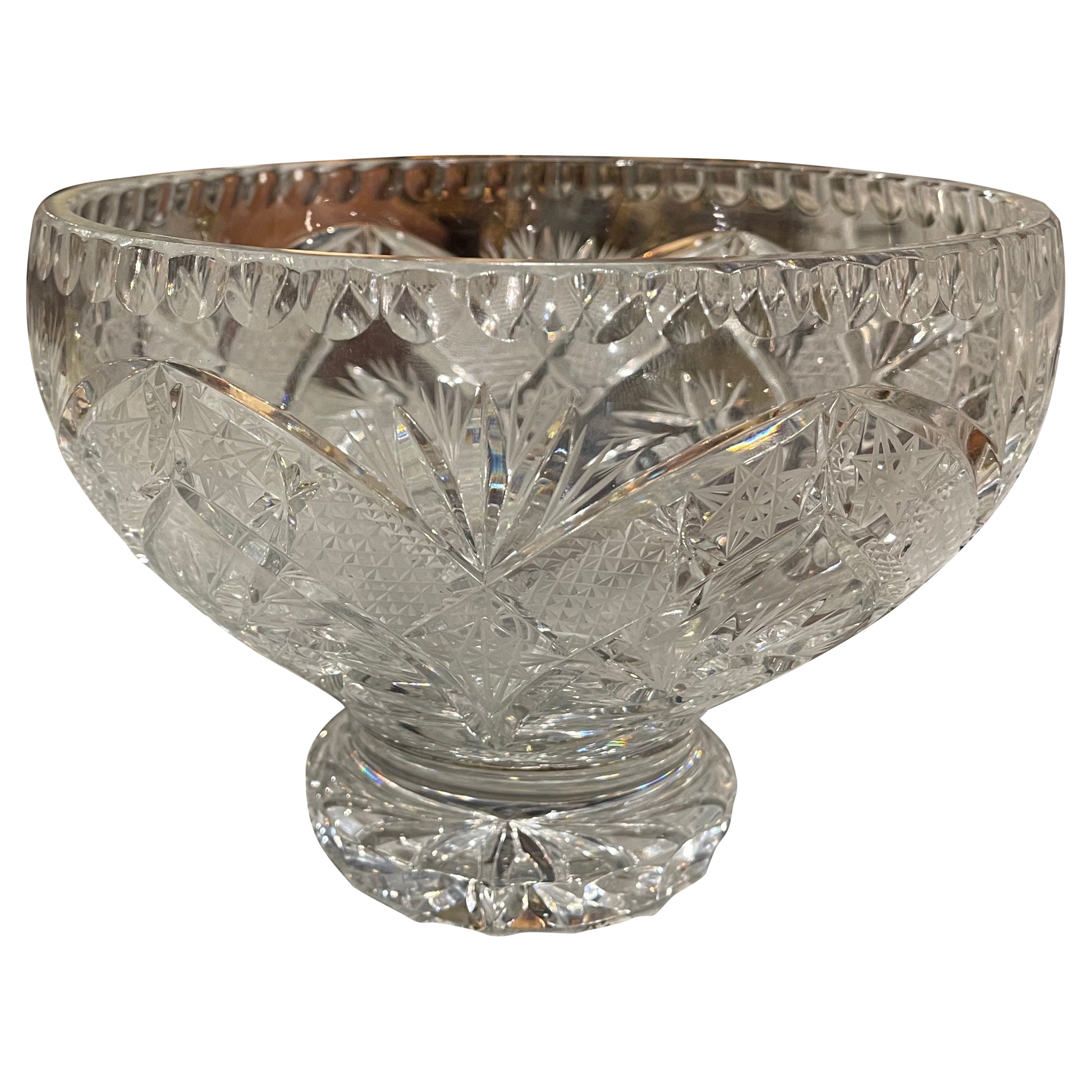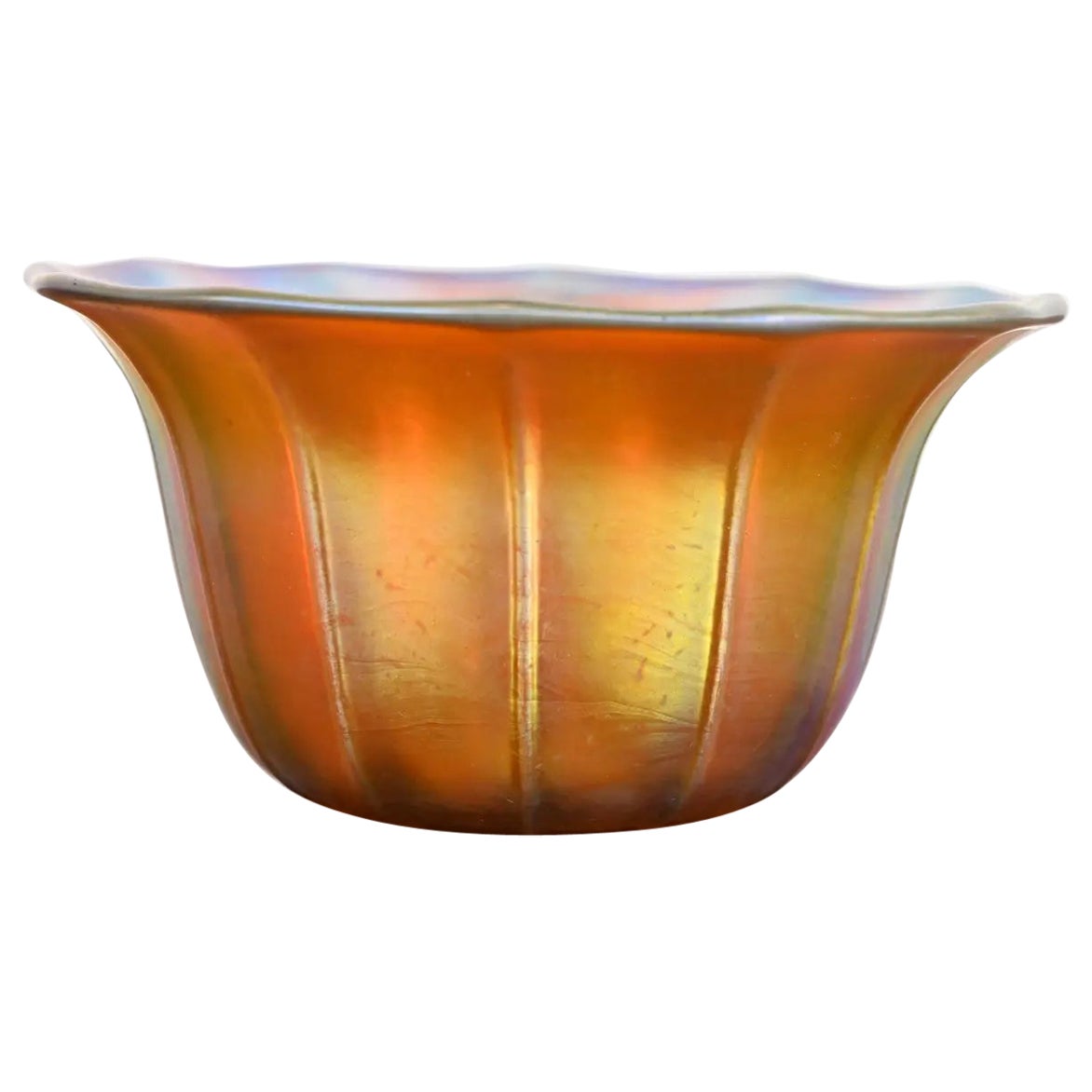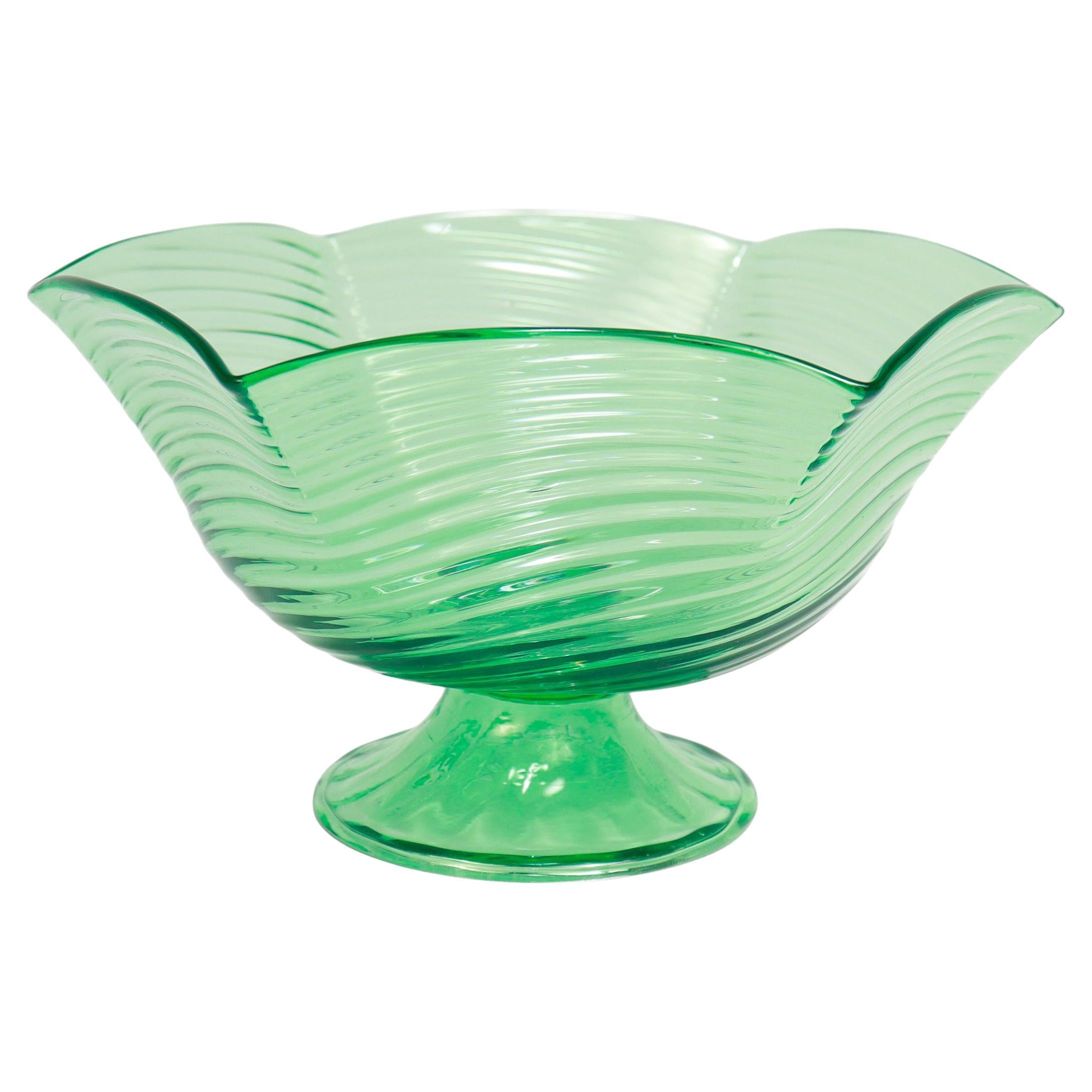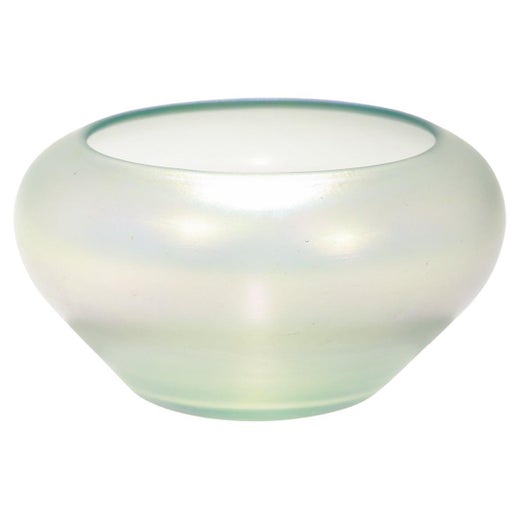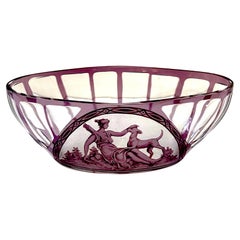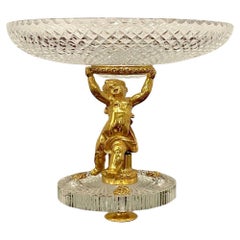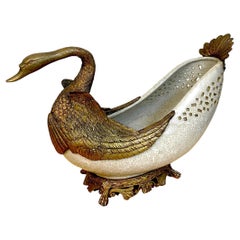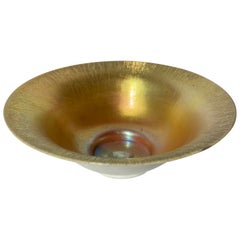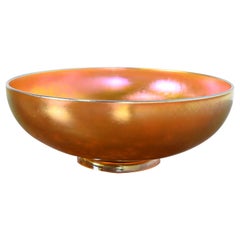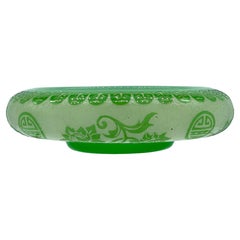
Steuben Fredrick Carder Double Acid Cut Back Centerpiece Bowl, Shape 5001
View Similar Items
Steuben Fredrick Carder Double Acid Cut Back Centerpiece Bowl, Shape 5001
About the Item
- Creator:Frederick Carder Steuben (Maker)
- Dimensions:Height: 3 in (7.62 cm)Diameter: 10.5 in (26.67 cm)
- Style:Art Deco (Of the Period)
- Materials and Techniques:Art Glass,Engraved
- Place of Origin:
- Period:
- Date of Manufacture:1920s
- Condition:Wear consistent with age and use.
- Seller Location:West Palm Beach, FL
- Reference Number:Seller: SDHU5T14711stDibs: LU2592338860452
Frederick Carder Steuben
The revered Steuben Glass Works — the most illustrious name in American art glass — was cofounded in 1903 in the town of Corning, New York, by Frederick Carder, a Staffordshire native and alum of British glassmaker Stevens & Williams.
Though the company began to take shape in 1776, Stevens & Williams Ltd. was formally established in 1847 in Brierley Hill in the West Midlands of England by entrepreneurs William Stevens and Samuel Cox Williams.
Carder, who had left school at an early age to work at his parents’ pottery business in Brierley Hill, returned to his education to study technology and chemistry in the evenings. During this period and into the late 19th century, demand was high for attractive, mass-produced glass, with imports providing strong competition for British glassmakers. Determined to produce glass products that were “a cut above the rest,” Stevens & Williams focused on creating unique and innovative glassware of unparalleled quality.
Led by master glassmaker John Northwood, Stevens & Williams became known in the 1870s for its hallmark colored glass. In 1880, the company garnered more attention when Northwood encouraged the 17-year-old Carder to join the firm as a draftsman and designer. Despite Carder’s young age, Northwood recognized his prodigious talent for cameo work, engraving, cutting and intaglio, skills which would contribute to some of Stevens & Williams’ most beautiful glass and crystal pieces.
Toward the turn of the century, Stevens & Williams expanded from a traditional Victorian style to include elements of Japonisme and Art Nouveau, styles that particularly influenced Carder.
Northwood continued to work for the company until his death in 1902. A year later, Carder left for the United States, where he became famous for cofounding Steuben Glass Works with entrepreneur Thomas G. Hawkes.
Carder was a restless experimenter at Steuben, constantly creating new color formulas that resulted in a wide array of hues, from milky jades to his iridescent Aurene shades. A favorite Carder technique was to acid-etch decorative patterns into pieces made of glass layered in different colors. The forms of his vessels were relatively conservative. Most are based on classic Chinese pottery; many display the flowing, naturalistic lines of the Art Nouveau period.
The larger local firm Corning Glass acquired Steuben Glass Works in 1918. The company’s approach to art glass changed radically in the early 1930s, when Corning chemists devised a new type of crystal known as 10M, with perfect clarity and brilliant refractive powers. Corning decided that, henceforth, all Steuben decorative objects, vases, sculptures and other wares would be made from the crystal.
Stevens & Williams continued production until 1967. In 1968, the company’s name was changed to Royal Brierley Crystal.
Carder worked with glass for more than eight decades. An array of his pieces can be found in the collections of the Corning Museum of Glass and the Metropolitan Museum of Art.
Find antique Frederick Carder Steuben serveware, decorative objects and other furniture on 1stDibs.
More From This Seller
View AllAntique Mid-19th Century English Neoclassical Decorative Bowls
Crystal, Sterling Silver
20th Century Belgian Art Deco Decorative Bowls
Crystal
Early 20th Century French Belle Époque Decorative Bowls
Crystal, Ormolu
Late 20th Century Neoclassical Decorative Bowls
Bronze
Antique 19th Century French Napoleon III Decorative Bowls
Crystal, Bronze
Antique Late 19th Century French Moorish Decorative Dishes and Vide-Poche
Bronze
You May Also Like
Early 20th Century American Art Deco Vases
Glass, Art Glass
Early 20th Century Art Nouveau Glass
Glass
Mid-20th Century American Decorative Bowls
Blown Glass
Early 20th Century American Art Deco Decorative Bowls
Art Glass
Early 20th Century American Art Deco Decorative Bowls
Art Glass
Mid-20th Century English Empire Decorative Bowls
Crystal
